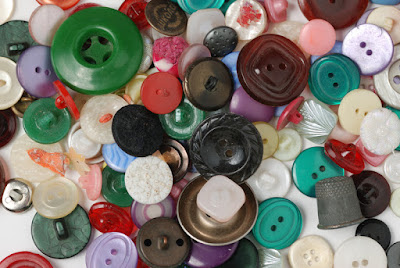This post contains affiliate links. For more information please see my Terms of Use and Disclosure Policy page. Thank you.
 |
We have been faithfully go to the library every two weeks since before Thanksgiving. My toddlers love it and I am also enjoying the journey back to reading.
Each month my son will choose two to six books to borrow from the library. I try to steer him towards books we do not own and at least one book each trip that his sister will also be able to read (i.e. board books).
I selected two of the books during our second visit in January 2017: Joseph Had a Little Overcoat by Simms Taback and Groundhog stays up late by Margery Cuyler.
Story
The work of Taback is "colorful and antic and silly, and it's studded with little visual treats and hidden surprises." (Ingall, Majorie. "Illustrious." Tablet Magazine N.p., 8 Feb 2011. Web 25 Jan 2017).
Teaching with Joseph Had a Little Overcoat
History
Arts & Crafts
There are many different ways to approach this book using arts and crafts.
- Mixed Media - Your child can create their own artwork based upon the style of the book.
- Flip book of the articles as they change in size
- Weaving
- Fruits and Vegetables - I have listed below a few ideas but there are a multitude of craft options when using fruits and vegetables as a starting point. Some of the ones depicted in the book are: watermelon, carrot, cucumber, potato, apple, squash, radish, corn, tomato, lettuce, and cabbage.
- Barnyard Animals - There are also a lot of options to for animals such as puppets, paper plates, etc. Some of the animals depicted are: chickens, turkey, cat, dog, cow, horse.
- Flowers - There are different flowers depicted on several pages including roses, tulips and daisies.
- Sewing buttons - Your child can learn the basics of sewing or practice fine motor skills with buttons.
 |
Extension
As a family, one could collect gently worn clothes that are outgrown and donate them to a local shelter or church.
If sewing is possible, children could take worn clothing and turn it into something else. They could cut it down to a smaller size for another member of the family. Or the clothing could be turned into an apron or plush animal.
Make a list of the fruits and vegetables depicted in the book. When shopping, you and your children can pick out the fruits and vegetables you wrote down to prepare at home.
Recycling
This book also offers the perfect opportunity to talk about reusing items and recycling items.
Resources and Ideas
Live Oak Media Activity Guide (Materials)
PBS Kids Cornerstones Building Blocks of Literacy (Materials)
The Book Fairy Blog (Book Review)
The Artful Parent (Mixed Media)
Art Bar Blog A Happy Place (Weaving with Kids)
Pigs Do Fly (Veggie Stick Puppets)
Kroger's Kindergarten (What's Growing in Your Garden)
Our family loves sharing ideas to accompany your favorite books from flamingo teachers to mice astronauts there are so many ways to use books in your homeschool.



No comments:
Post a Comment